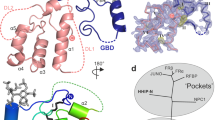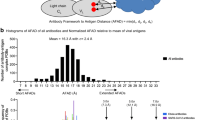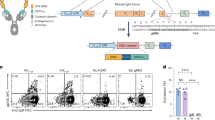Abstract
The constrained α-helical structure of a C-peptide is useful for enhancing anti-HIV-1 activity. The i and i+3 positions in an α-helical structure are located close together, therefore D-Cys (dC) and L-Cys (C) were introduced at the positions, respectively, to make a dC-C disulfide bond in 28mer C-peptides. Accordingly, this study tested whether a dC-C disulfide bond would increase the α-helicity and anti-HIV-1 activity of peptides. A C-peptide can be divided into three domains, the N-terminal hydrophobic domain (HPD), middle interface domain (IFD), and C-terminal hydrogen domain (HGD), based on the binding property with an N-peptide. In general, the dC-C modifications in HPD enhanced the anti-HIV-1 activity, while those in IFD and HGD resulted in no or much less activity. The modified peptides with no activity clearly showed much less α-helicity than the native peptides, while those with higher activity showed an almost similar or slightly increased α-helicity. Therefore, the present results suggest that the introduction of a dC-C bridge in the N-terminal hydrophobic domain of a C-peptide may be useful for enhancing the anti-HIV-1 activity.
Similar content being viewed by others
Article PDF
Author information
Authors and Affiliations
Rights and permissions
This is an Open Access article distributed under the terms of the Creative Commons Attribution Non-Commercial License (http://creativecommons.org/licenses/by-nc/3.0/) which permits unrestricted non-commercial use, distribution, and reproduction in any medium, provided the original work is properly cited.
About this article
Cite this article
Lee, M., Kim, H., Lee, T. et al. Structure-activity relationships of anti-HIV-1 peptides with disulfide linkage between D- and L-cysteine at positions i and i+3, respectively, derived from HIV-1 gp41 C-peptide. Exp Mol Med 38, 18–26 (2006). https://doi.org/10.1038/emm.2006.3
Published:
Issue date:
DOI: https://doi.org/10.1038/emm.2006.3
Keywords
This article is cited by
-
10E8-like neutralizing antibodies against HIV-1 induced using a precisely designed conformational peptide as a vaccine prime
Science China Life Sciences (2014)



